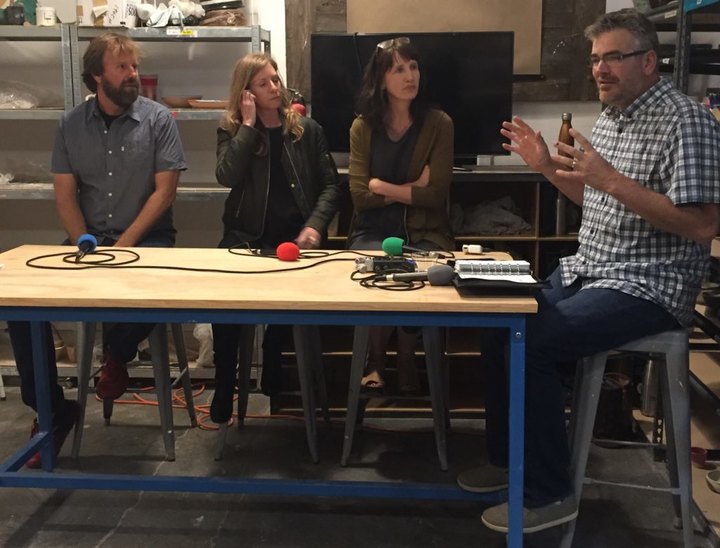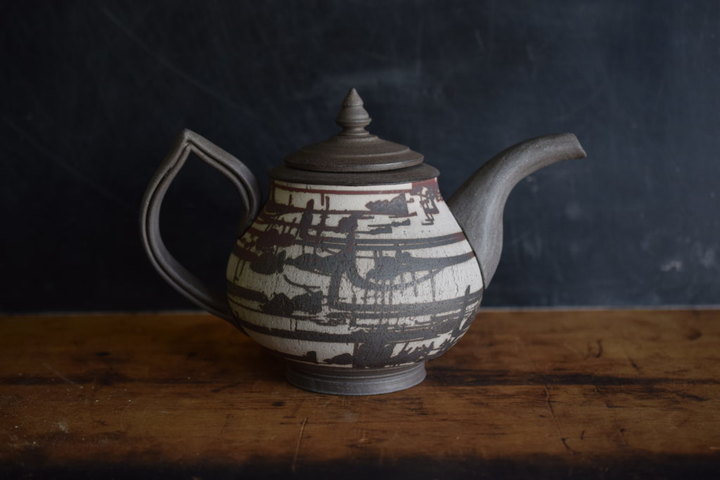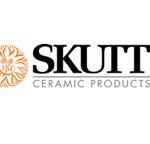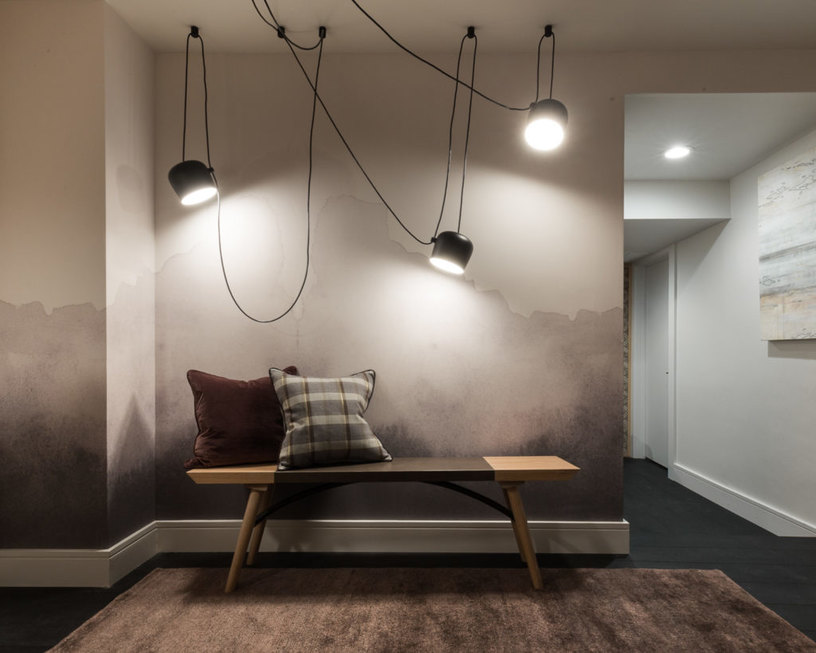Podcast: Play in new window | Download
Forrest Middelton, Erin McGuiness, Lane McNab | Episode 424

Forrest Middelton, Erin McGuiness, Lane McNab, & Paul Blais
When I was teaching a workshop at Clay by the Bay in San Francisco, a couple ceramic artist and a designer got together with me to talk about what it would look like for ceramicists to team up with designers to help promoter ceramic work. Our two artist were Forrest Middelton and Erin McGuiness and our designer was Lane McNab. All three of our guests work in and around the Bay area.




Forrest Middelton collaboration with Arash Shirinbab
SPONSORS


Number 1 brand in America for a reason. Skutt.com

For all your ceramic needs go to Georgies.com

Forrest Middelton
Do you see this relationship as a collaboration?
Forrest: Absolutely. I have been doing a lot of collaborating lately so this is good for me and good to talk about. I think Lane is the one driving the collaboration. Had someone else approached me about the work I was making I would probably would have made it in a similar way and trusted their taste to create something with something I created, if that makes sense. So to use my work to create a space that somehow brings value to my work and there is a synergy there where my work then brings value to their space. So yes, I absolutely see it as a collaboration. My work is already done by the time it is collaborated being collaborated. That relationship can change too. A year from now Lane could write and say, Hey, there is a space I’m working on that has x, y, and z parameters could you make something that work in that space. Then that collaboration is almost in reverse.

Erin McGuiness
Erin: I don’t really see it as a collaboration because I make all my pieces and then I send them to my showrooms. Every once in a while I have a custom…, like right now I have a custom lighting project that is rare for me. I have gone into the space with the designer and the client and I have seen the furniture and I have looked at the objects he has in the room and the designer and the client has picked out the finish that they want. Even hearing some of what the client wanted, it is in a very tall tower so he wanted something earthy and grounded, but it is really rare for me to work that way. That particular project is a collaboration where I came in and then chose the form knowing where it is going to be and knowing the feel that the client wanted. But most of the time I am in my studio doing my work and then I send it out to the showrooms. I think then when the designers place the pieces in spaces then that is a collaboration, but I am not an active participant.

Lane McNab photos by David Livingston
Lane: I think that they are both right because I do think it depends on the project. On some projects it is collaborative and I can go to an artist I trust and have worked with or maybe want to work with and I can say, What can you bring to this project? This is what we are doing, this is what I am looking for. But a lot of times I am going because I know I am going to find something from their offerings and it is kind of like the way Erin was describing it where I can curate from what they have produced. So I think it really depends on the project.
How does one go about developing a relationship with a designer?

Lane McNab photos by David Livingston
Lane: I think it is really hard to get heard above all the noise that is on social media. I remember people, pieces, fabric, whatever it is when someone comes to my office and does a presentation. For me personally, I would love to be approached and maybe send an email or called and say, I really have some pieces I think you are going to connect with could I schedule an appointment to come by and do a presentation for your firm? That is how a lot of our other vendors work and that would probably be the best way. The second thing I would say is that a lot of designers work only with trade only products or with products that are offered with a trade discount. And that is important for us running our business too. So that is something that I do consider.

Erin McGuiness
Erin: I really work through my showrooms. So when I approach designers directly outside of a showroom I just felt like there was never any traction. I didn’t do what lane talked about, going and doing presentations. I think time-wise I would really have to hire people as I am a one-person maker. I really have a relationship with my showroom that represents me and then because they carry my line they do all kinds of things to promote me and they are open every day and they just have designers coming in and out all day. And then relationships with designers developed over the years that use my work with different projects. My time in the studio is so valuable I would have to hire a marketing person to do all of the work that the showrooms do.

Forrest Middelton
Forrest: I don’t have a strategy for this. I have been approached by a lot of designers and it feels great. I think part of it is that I have been doing it a long time and I have been very fortunate with press. Instagram is incredible if you are putting your work out there and it is interesting people are seeing it. I have got a lot of people contacting me through Instagram. I have never thought about doing what Lane suggested, but I think now that I have heard it, I will. I really like talking to people rather than not. So when I get phone calls during the day and it is a working day for me and my assistant is working I will just wander off into the parking lot or walk around the building for sometimes an hour with a designer. Because for me, I thrive on those types of real conversations. After the conversations I often feel like we have really gotten to know each other and that to me is why I make work. My work is a conduit for a conversation so I can get to understand people better, therefore understand myself better.
How is a showroom different than a gallery?

Lane McNab photos by David Livingston
Lane: A showroom is really for trade professionals. Most of them do not sell to the public. They are similar, I guess, to a gallery but they are not always only for that particular product. They often have furnishings, and fabric, and accessories, and lighting. It is all right there and they often have an aesthetic in and of themselves. So your peices are being shown with a particular viewpoint.

Erin McGuiness
Contact: